JLPT N5 - Lesson 10 - Grammar

We already know Hiragana and Katakana. By hiragana and katakana we can make words. We have already learnt few easy words in the previous lessons. Now we will learn few more words and then we will make some easy sentences with some of these words.
- わたし [watashi] = I
- かれ [kare] = He (male)
- かのじょ [kanojo]= She (female)
- みちこ [michiko] = Michiko (person name)
- がくせい [gakusei] = Student
- せんせい [sensei] = Teacher
- にほん [nihon] = Japan
- にほんじん [nihonjin] = Japanese
- アラーム [araーmu] = Alam (person name)
- さん [san] = Mr / Ms / Mrs
- です [desu] = Am, is, are
- は [wa] = Subject/topic identifier (Particle
- も [mo] = Too, also (Particle)
Grammar Structure:
..................... は ................... です
は here is a particle for which the 'は' character need to pronounce as 'wa'.
# 'は' particle denotes the subject or topic of a sentence.
# です this is the present form of verb to be - am, is, are in Japanese. So now we can make a sentence with this structure.
わたしは がくせい です。 = I am a student.
かれ は がくせい です。 = He is a student.
アラームさんは がくせい です。 = Mr. Alam is a student.
みちこさんは せんせいです。 = Ms. Michiko is a teacher.
Grammar Structure:
..................... も ................... です
わたしは がくせい です。 = I am a student.
かれ も がくせい です。 = He is a student too.
# も means too/also. To avoid repeatation 'も' replaces 'は'.
- Lesson 1: Why Japanese Language
- Lesson 2: JLPT N5 Introduction
- Lesson 3: Hiragana Part 1
- Lesson 4: Hiragana Part 2
- Lesson 5: Katakana Part 1
- Lesson 6: Katakana Part 2
- Lesson 7: Kanji Part 1
- Lesson 8: Japanese Everyday Greetings
- Lesson 9: Japanese Particles Introduction
- Lesson 10: Grammar Time
- Lesson 11: Verb Basic
- Lesson 12: Vocabulary - Words refer to family members


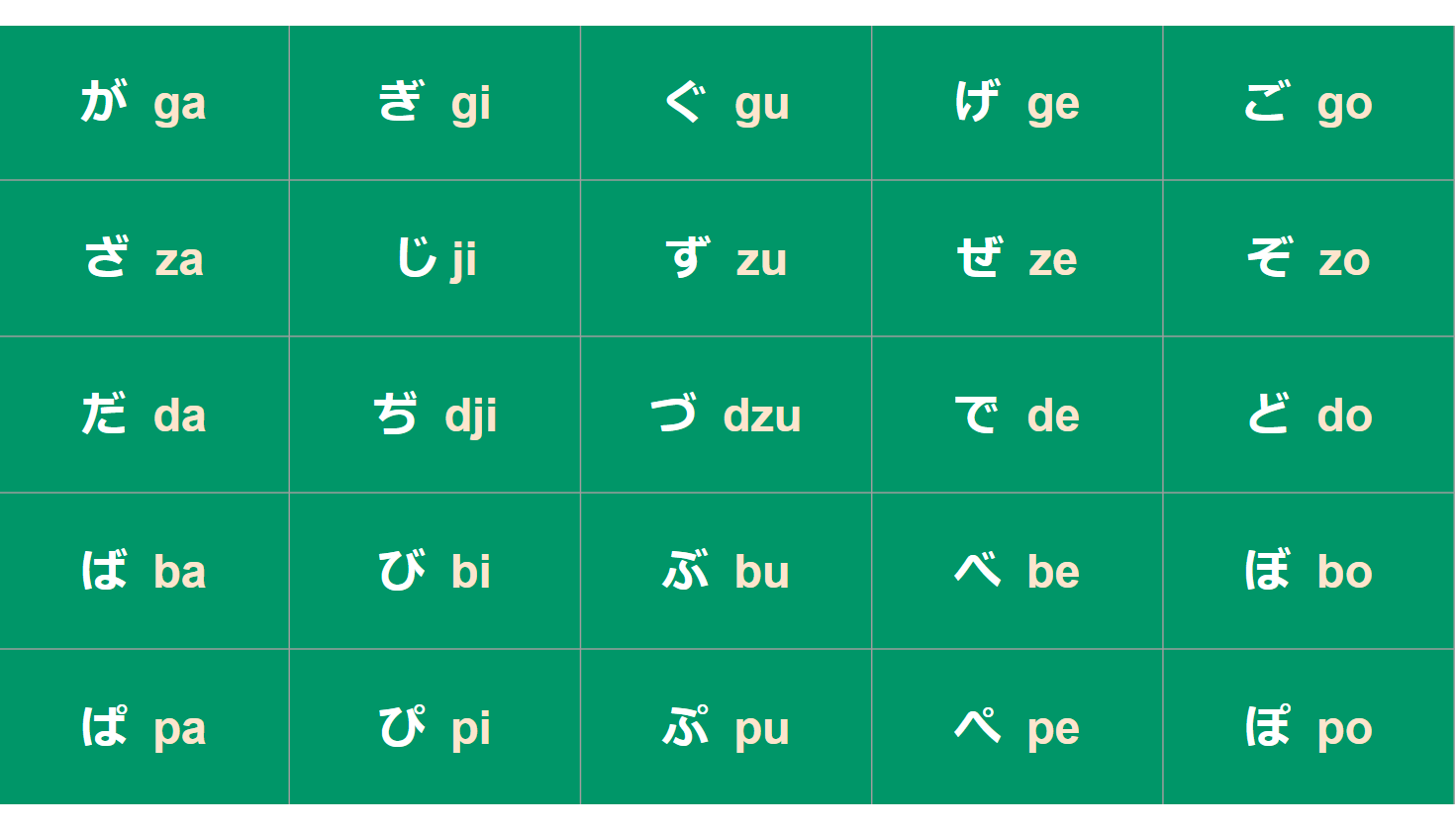

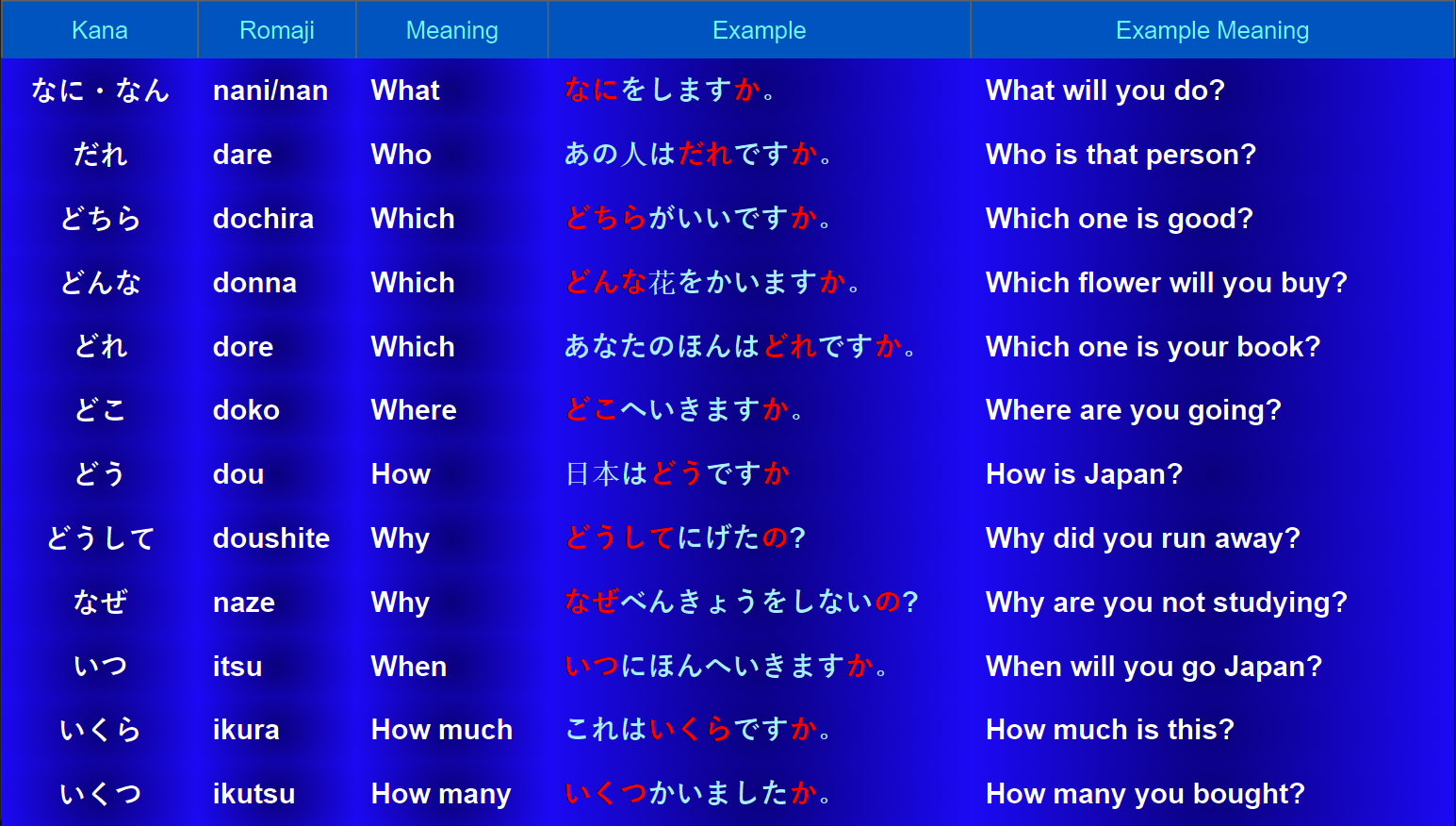

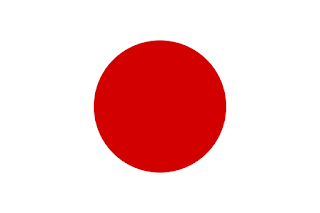
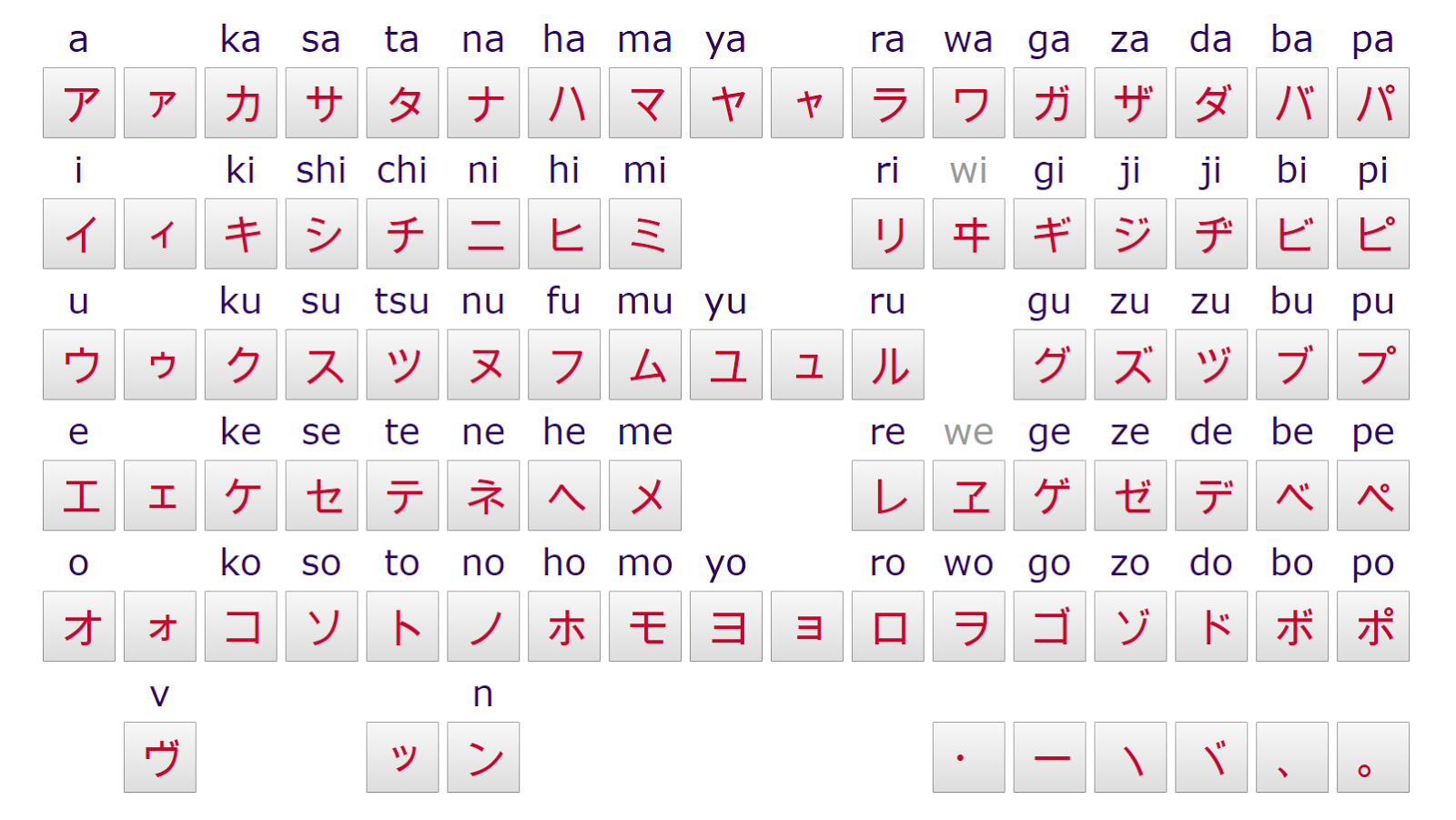
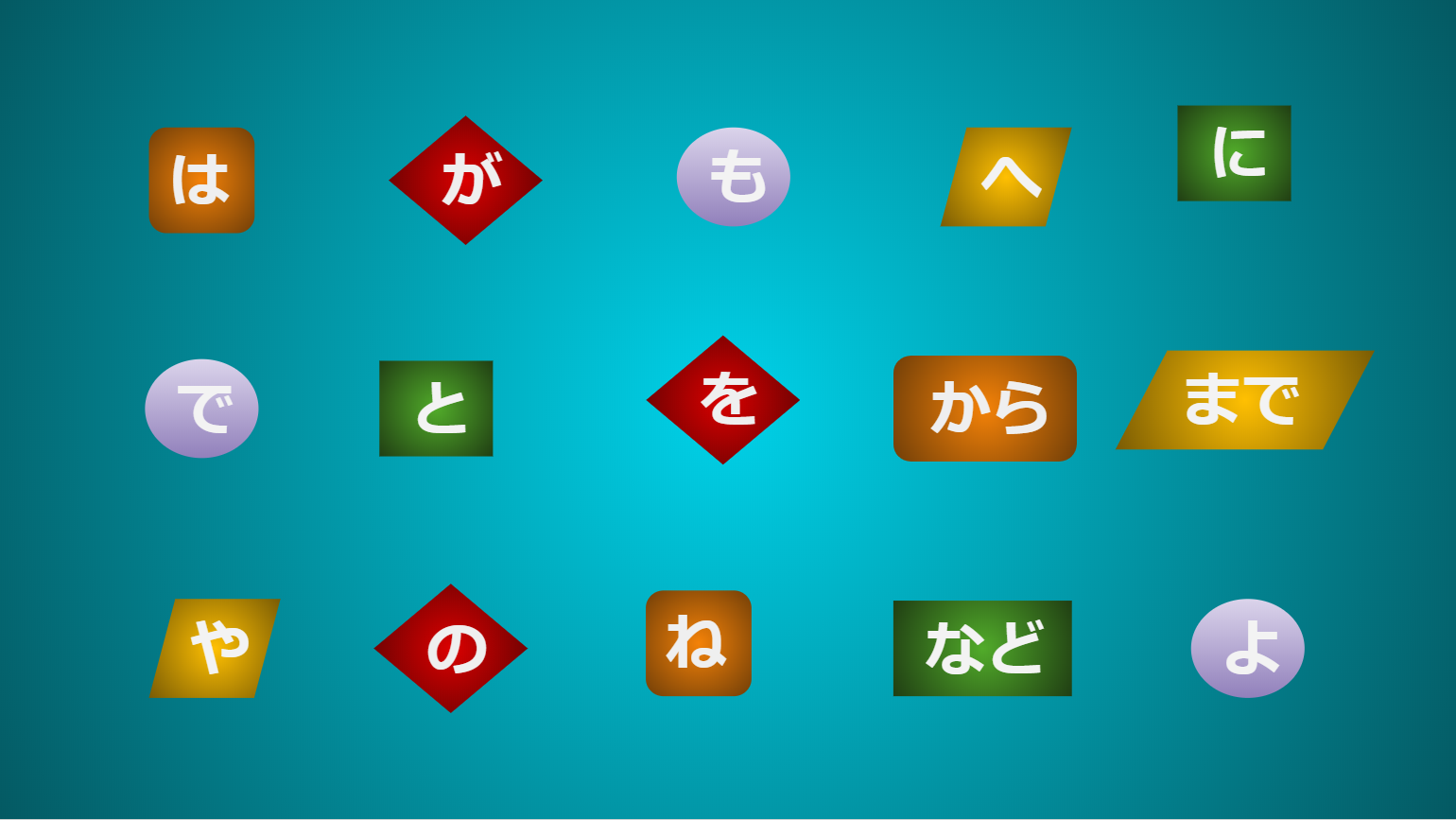
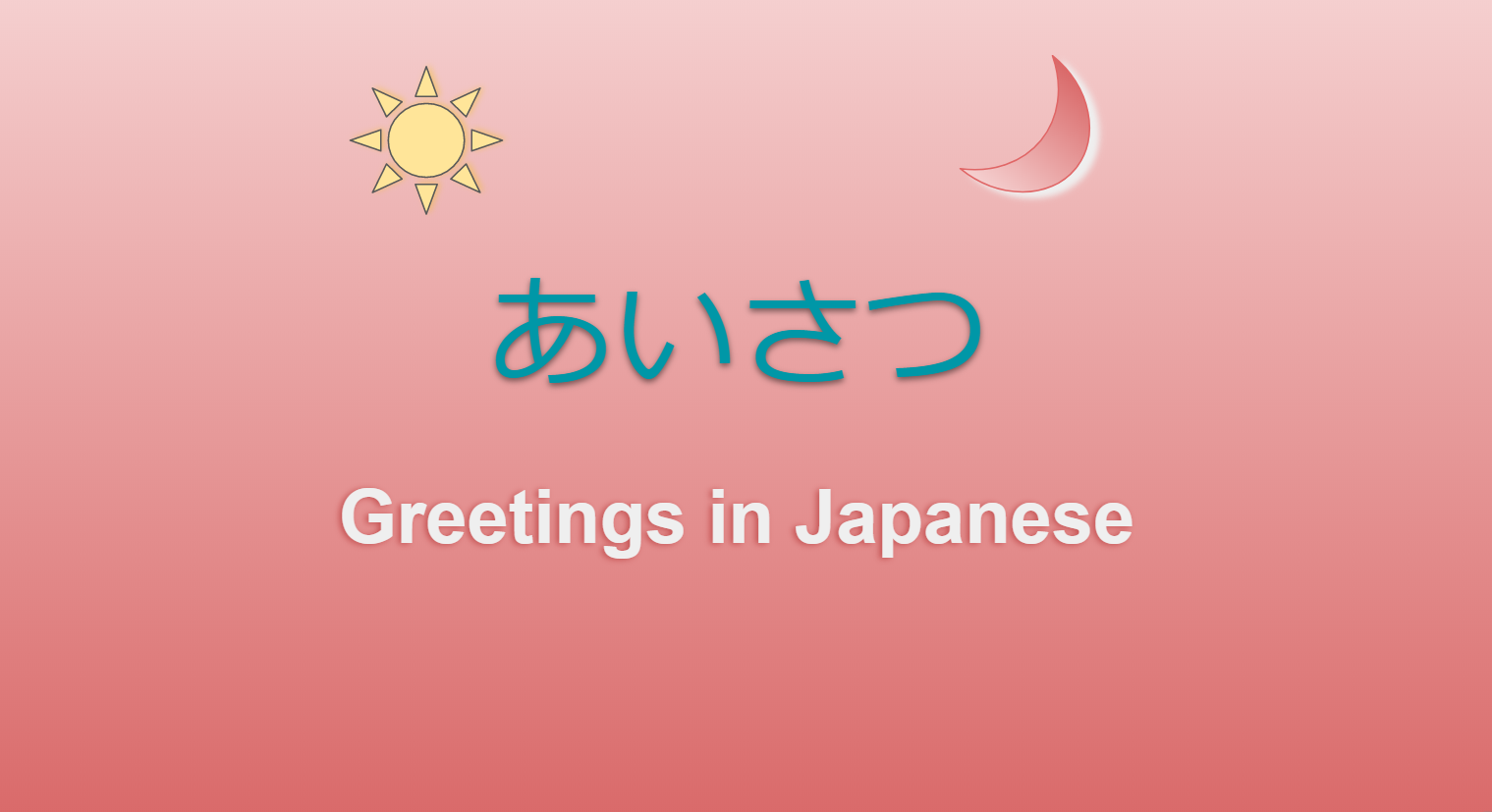
Comments
Post a Comment